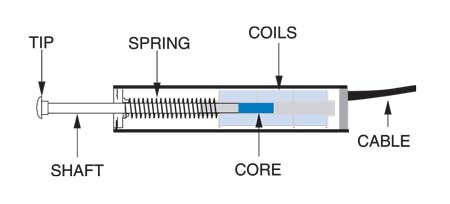
Gaging Linear Variable Displacement Transducers (LVDTs) are used to provide accurate linear displacement measurements for any application that requires a spring-loaded transducer. This alternative design and construction approach is required since a conventional free-unguided LVDT doesn’t always fit the bill. Specifically, they can’t be…Read More
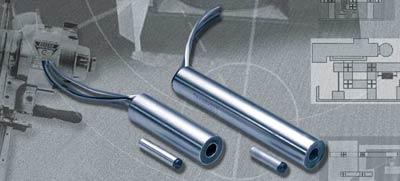
LVDTs are the unsung heroes of countless applications across an extensive range of industries. These include commercial, military, industrial, and consumer uses. Today, we’ll look at several specific applications to provide a visual representation how an LVDT is integrated into each. It’s certainly one of those cases where…Read More
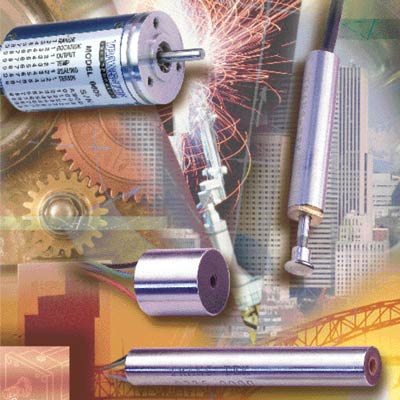
LVDTs are used in a variety of applications and operating environments. There are several variables to consider when specifying one for your exact needs. Getting this right could mean make or break for the unit long term. To help guide you in your selection, we’ve boiled the process…Read More
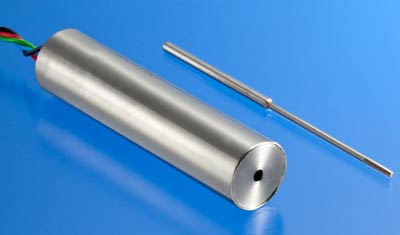
For a majority of LVDT applications, standard units will fit the bill. However, certain operating environments have higher demands, requiring additional considerations and/or customization. Today, we’re focusing on various high pressure applications, and the how LVDTs can be configured to handle them.
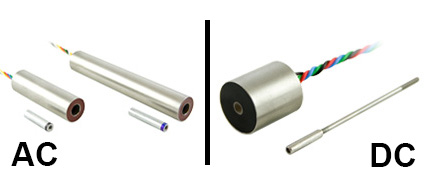
All LVDTs, regardless if they are AC or DC, have an AC operated core. Historically, AC was a sufficient output for earlier controls and instruments. However, as technology evolves, the demand for DC units continues to increase. Ironically, there is a shift back to…Read More
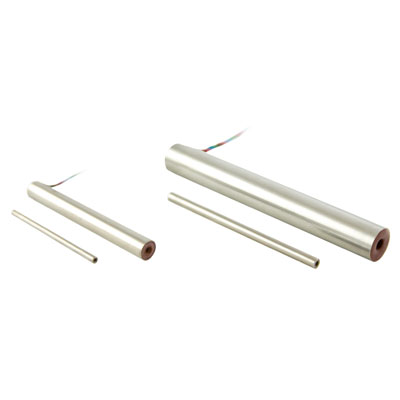
LVDT’s (linear variable differential transformers) were invented in 1936 by George B. Hoadley. They were developed as “…a system for the electrical transmission of intelligence at a distance”. These popular position sensors have evolved a bit since then. Today, they are used in a variety of industries from transportation…Read More
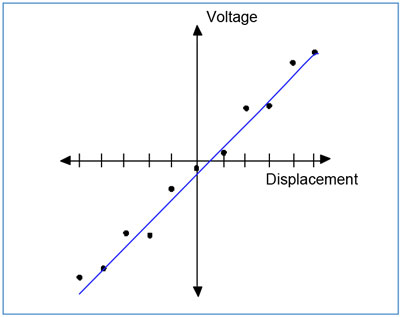
Calibration of your LVDT’s is critical to ensure that they are operating within the tolerances of precision and accuracy for which they are well known. That is why every sensor that leaves our factory is calibrated prior to shipping. Today we will detail the approach that we use,…Read More
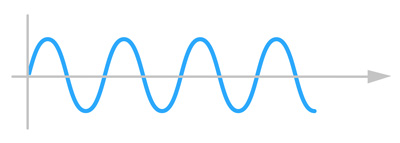
Linear variable differential transformers (LVDTs) are known to be extremely accurate devices for measuring linear distances. They are used in a variety of applications and industries to measure vibration, stress testing, actuator movement, and much more. However, it is important to note that maximum performance and accuracy are…Read More
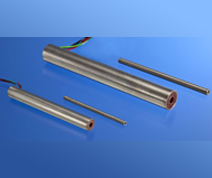
Ever
notice that every manufacturing field seems to have its very own language? It often
includes words and phrases that are unique to their industry. Or, worse yet,
common phrases that have entirely different definitions within their world.
It’s a reality we can not change. In fact, the sensor industry is guilty…Read More










